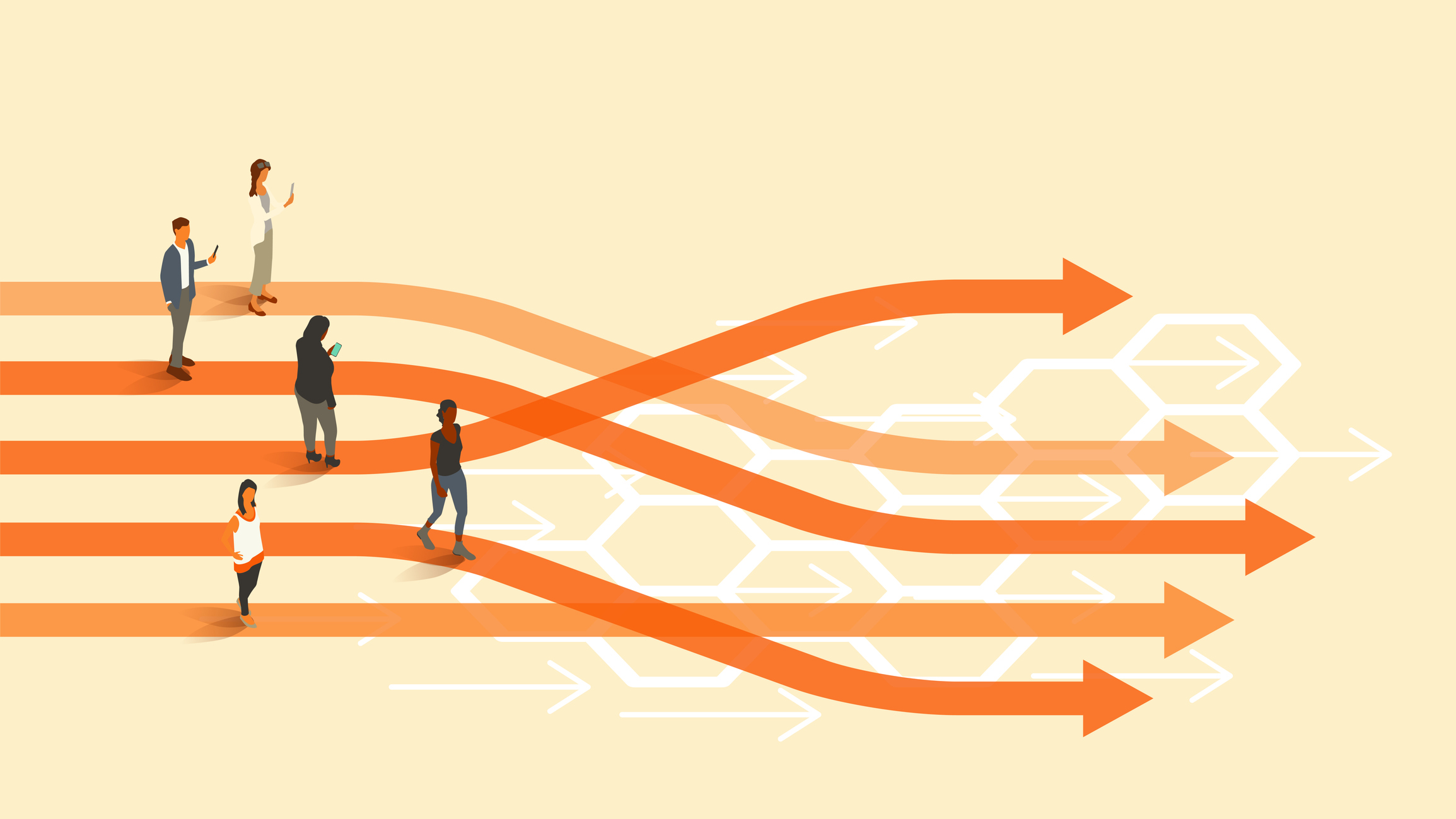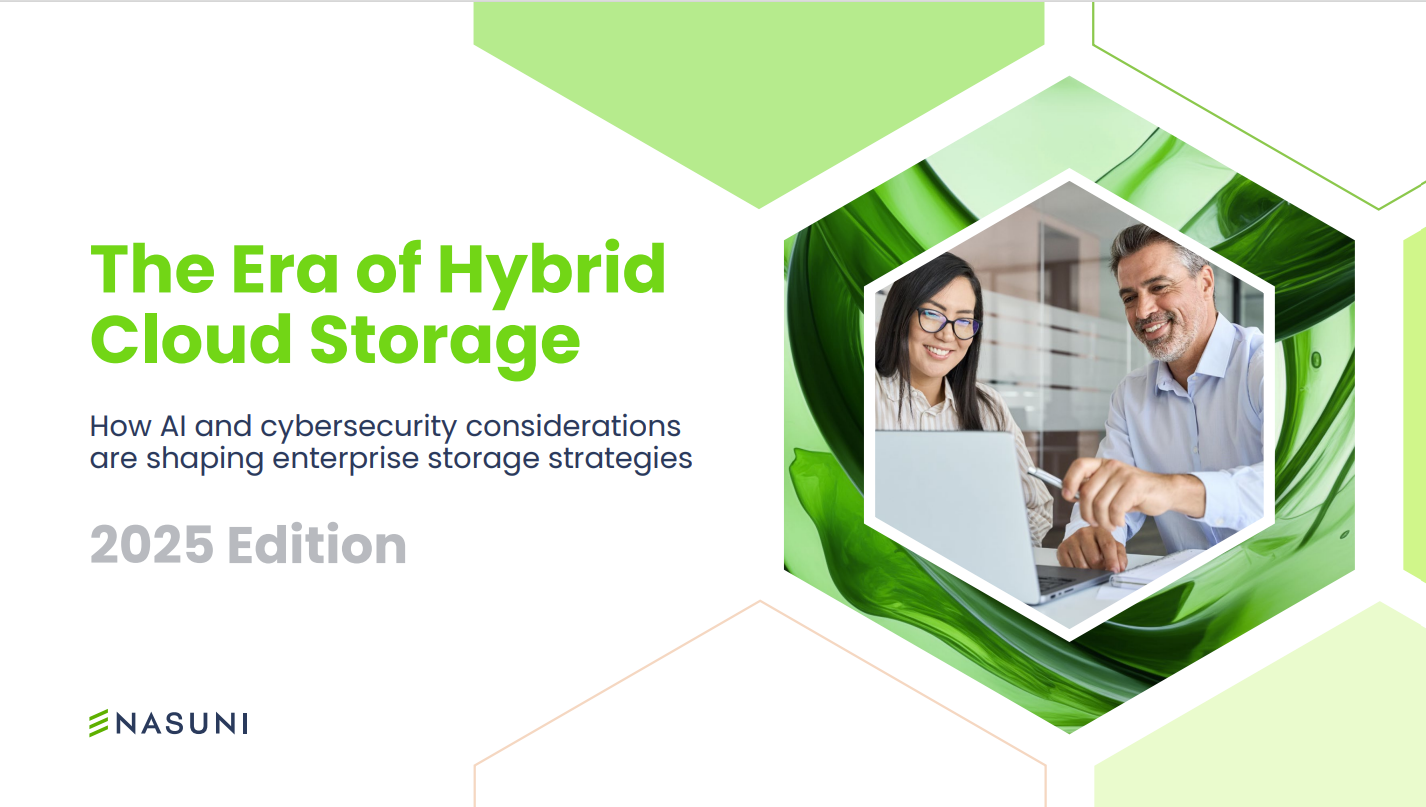VMware demos mobile virtualisation
VMware has demoed its mobile virtualisation platform, which could potentially let users simultaneously run two different operating systems.


VMware has displayed its new mobile virtualisation platform, showing how the technology could let users run two operating systems on the same device at the same time.
Click here for a video clip of the system in action.
In a keynote at VMworld Europe, chief technology officer (CTO) Stephen Herrod unveiled the firm's mobile virutalisation platform, explaining that phones featuring hypervisors - the technology that allows virtualisation - will have two main functions.
The first enables users to back up their system and data on a virtual machine, so if they get a new phone they can easily transfer contacts and other information regardless of the operating system. "What data is on a device will outlive the device," he said.
This will also make developing mobile applications much easier, as developers can embed it on a virtual machine with a thin operating system of its own, removing the need to ensure interoperability with different systems.
The second use involves running multiple virtual machines on a single phone. This will let users run two profiles at the same time. "People don't want to carry two phones one approved by IT, and one that's a bit cooler," said Herrod, who added that this move was another step towards "employee-owned IT."
In the demo, senior director of enterprise desktop platforms Jerry Chen used a touchscreen Nokia N800 which is more of a tablet computer than a mobile phone to show the protype technology. He booted up Windows CE on one side of the screen, using it to play the commonly accessed Solitaire application. He then booted up a version of Google's Android operating system, using it to check the time at VMware's base in Palo Alto, California.
Get the ITPro daily newsletter
Sign up today and you will receive a free copy of our Future Focus 2025 report - the leading guidance on AI, cybersecurity and other IT challenges as per 700+ senior executives
He could easily switch between the two operating systems, and both were running on the device at the same time, without any discernable lag in the performance though only those applications were tested.
Herrod told IT PRO that there were no product announcements concerning the technology, which is only being demonstrated on Nokia handsets. That said, the tech is effectively complete and is in the hands of phone manufacturers for "evaluation," Herrod said. "Mobile phone vendors will choose when to ship it out.
Julia Alston, the head of MVP engineering, told IT PRO that all the major operating systems had been tested. When asked if that included Apple's OS, smiled and said: "We're playing with all the major systems."
The goal is that virtual machines will be able to work on any device, regardless of the user interface or input method, such as full keyboards. Alston said the VM would adjust itself depending on the device.
When it comes to taking calls, such phones could have two numbers, with user-set policies deciding how calls come through, but admitted that "challenges" such as billing were in the hands of operators.
"We see this as industry changing," she said.
VMware picked up the MVP technology following its acquisition of Trango last year.
Click here for more virtualisation news from VMworld Europe 2009.
Freelance journalist Nicole Kobie first started writing for ITPro in 2007, with bylines in New Scientist, Wired, PC Pro and many more.
Nicole the author of a book about the history of technology, The Long History of the Future.
-
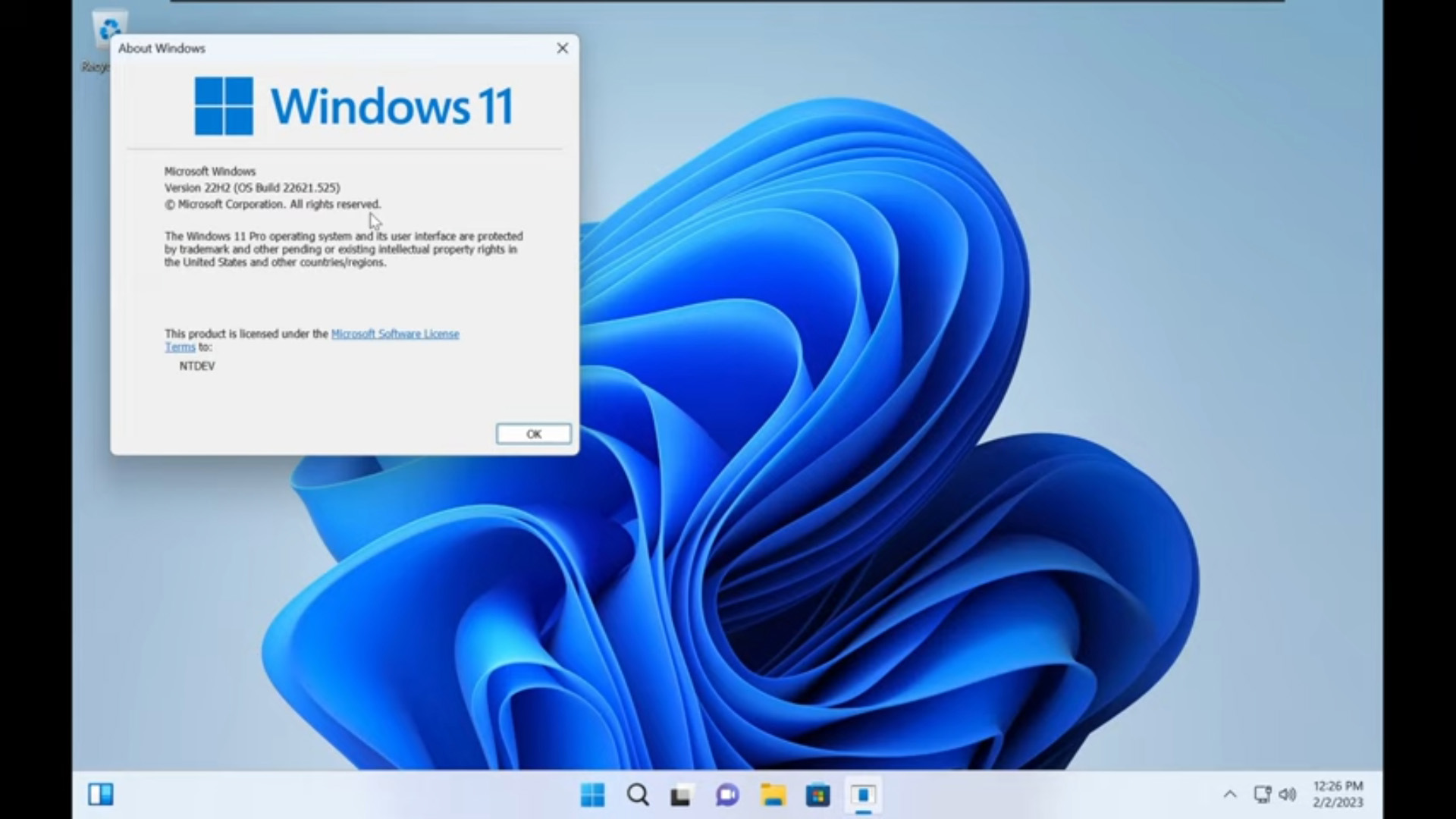 Tiny11 review: Windows 11 with only 2GB of RAM
Tiny11 review: Windows 11 with only 2GB of RAMReview A version of Windows 11 for older machines that don't meet the full requirements
By Nik Rawlinson
-
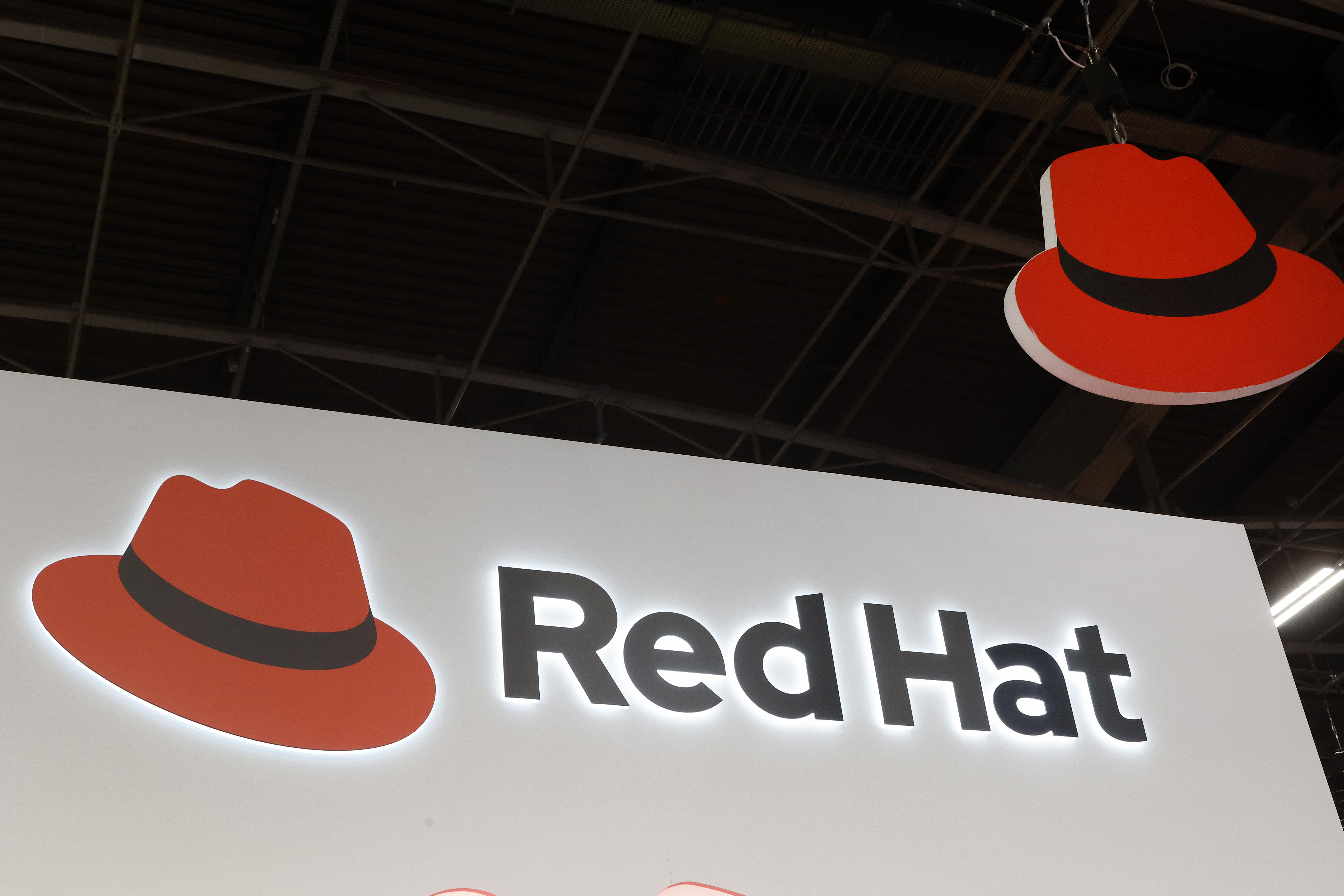 Red Hat Enterprise Linux becomes foundational operating system for Cohesity Data Cloud
Red Hat Enterprise Linux becomes foundational operating system for Cohesity Data CloudNews New strategic partnership between Red Hat and Cohesity aims to drive innovation in the data security and management space
By Daniel Todd
-
 Ubuntu shifts to four-week update cycle
Ubuntu shifts to four-week update cycleNews Critical fixes will also come every two weeks, mitigating the issues involved with releasing prompt patches on the old three-week cadence
By Richard Speed
-
 AlmaLinux follows Oracle in ditching RHEL compatibility
AlmaLinux follows Oracle in ditching RHEL compatibilityNews Application binary compatibility is now the aim with 1:1 now dropped
By Richard Speed
-
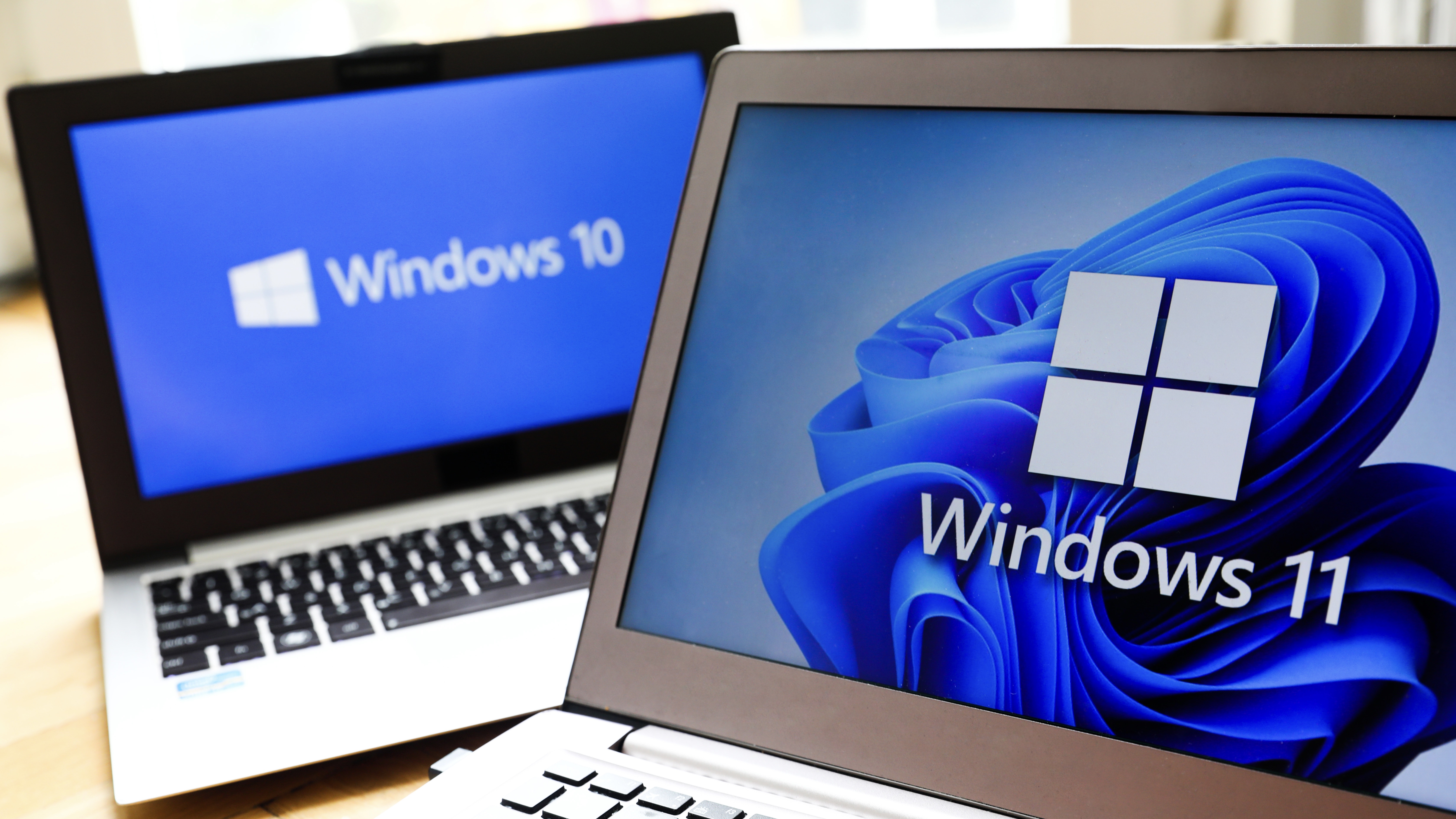 How big is the Windows 10 cliff-edge?
How big is the Windows 10 cliff-edge?ITPro Network With some comparing the upcoming Windows 10 end of life to Windows XP, we ask members of the ITPro Network for their insight
By Jane McCallion
-
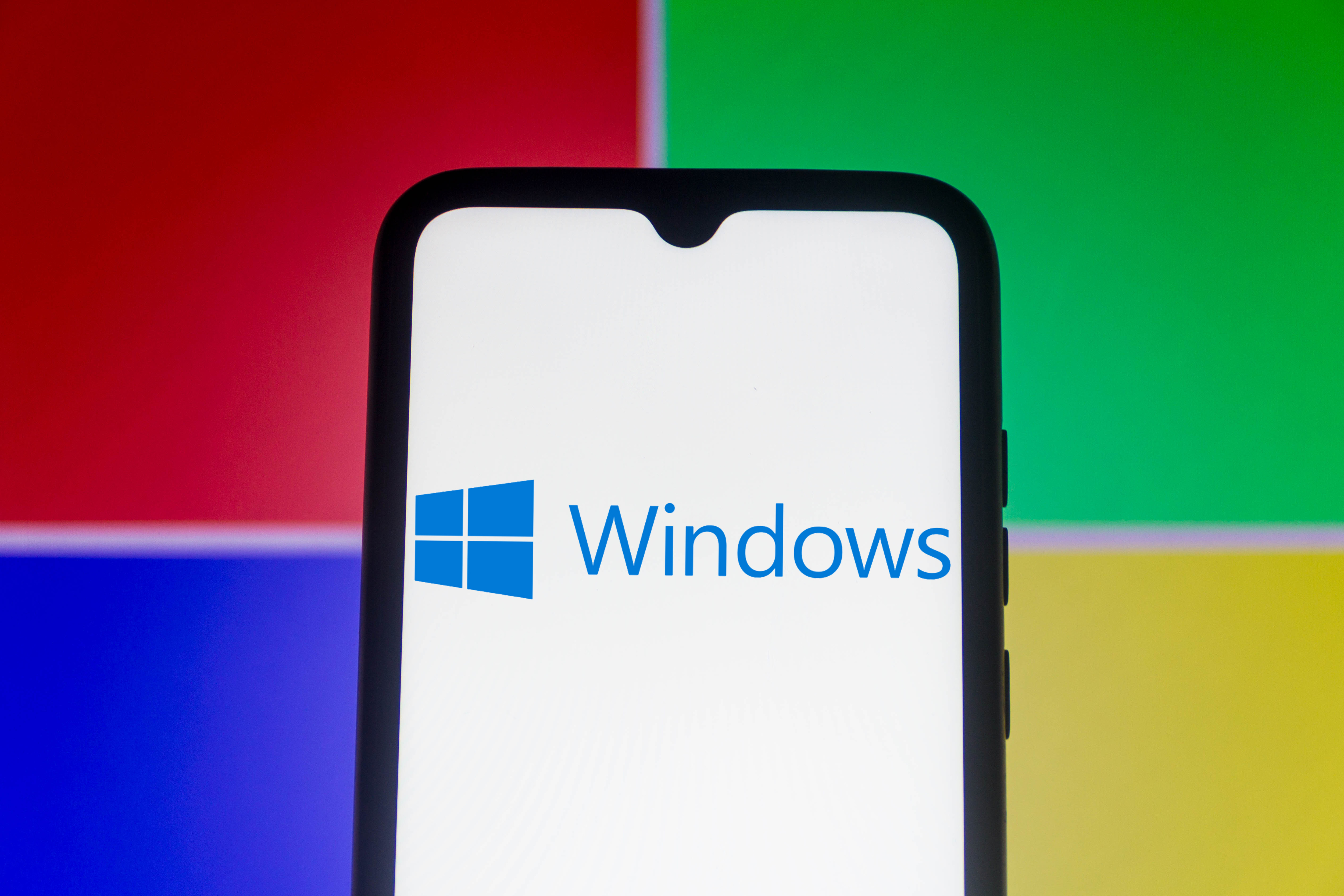 Everything you need to know about the latest Windows 11 updates - from bug fixes to brand-new features
Everything you need to know about the latest Windows 11 updates - from bug fixes to brand-new featuresNews Two new cumulative updates are on the way and will be installed automatically on Windows 10 and Windows 11 machines
By Rory Bathgate
-
 How to download a Windows 11 ISO file and perform a clean install
How to download a Windows 11 ISO file and perform a clean installTutorial Use a Windows 11 ISO to install the operating system afresh
By John Loeppky
-
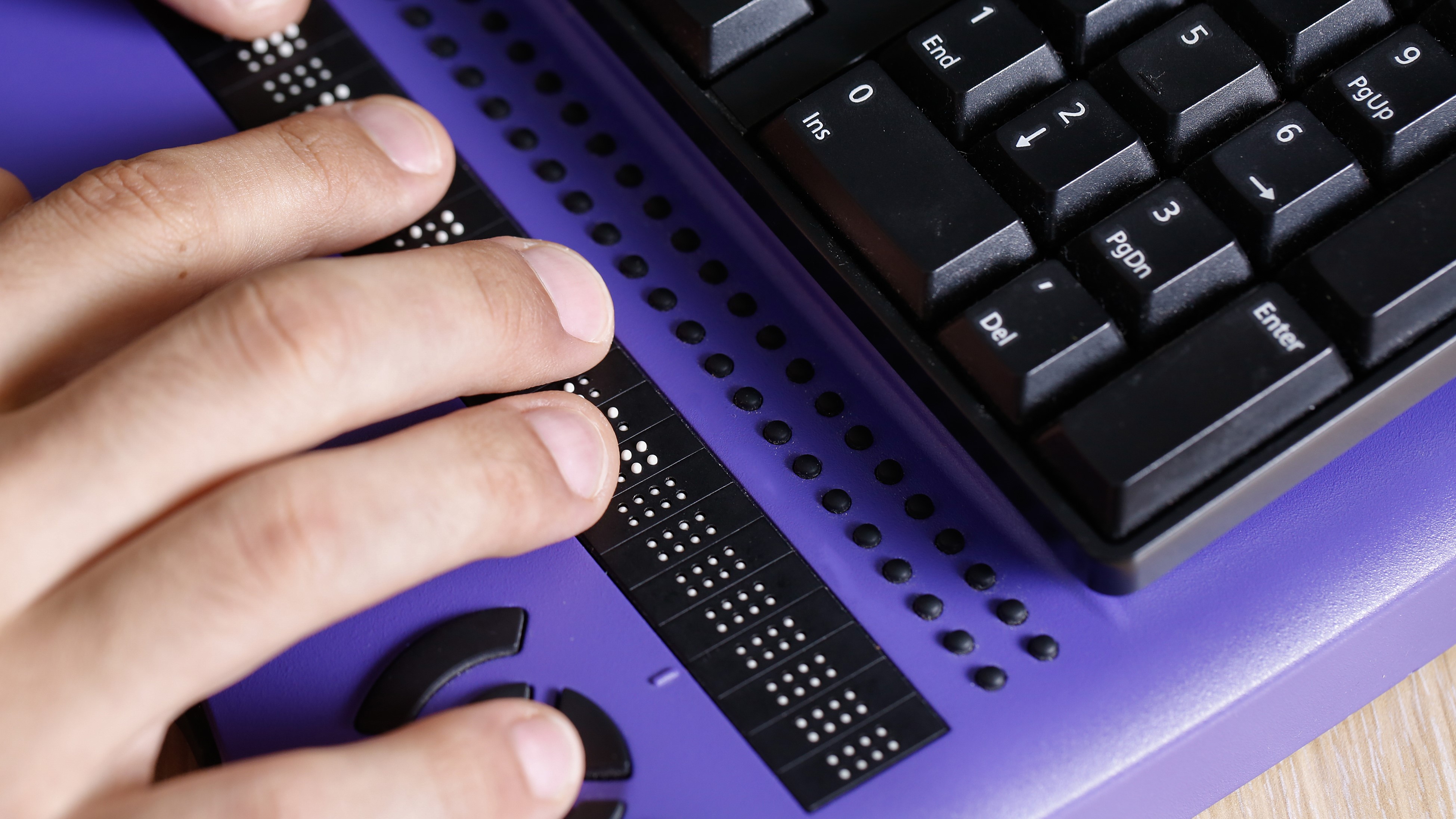 We could all benefit from better Windows and macOS accessibility features
We could all benefit from better Windows and macOS accessibility featuresOpinion Today’s accessibility features can help you work through a nasty injury, but there’s still plenty of room for improvement
By Barry Collins
